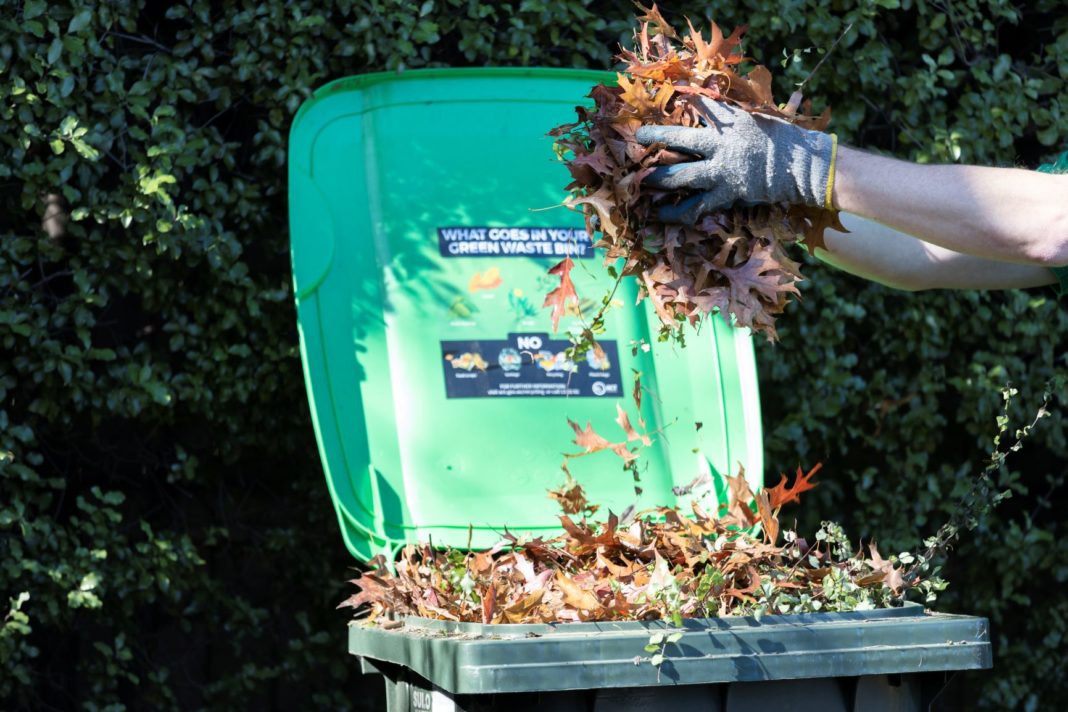Autumn is often a time for increased leaf litter and green waste disposal, however ACT Government figures suggest Canberrans are using their green bins more since physical distancing measures began.
ACT Minister for City Services Chris Steel said since the measures began locally in late March, an extra 5,500 bins have been presented for collection each week. Around 26,300 bins now line the kerb weekly, compared to an average of 20,800 each week during the previous six months.
“While some of this is due to the usual seasonal increase, it is likely that with more Canberrans staying home they’re doing more work around the garden,” he said.
The green bin service has rolled out in stages across Canberra since 2017, with the final roll-out implemented in April 2019.
In total, 79,792 or almost half (47%) of Canberra households have registered for a green waste bin as at 30 April 2020. There has been an increase in the number of registrations in recent months, with over 4,600 residents registering for the service between 1 January to 30 April 2020.
“It’s great to see more Canberrans using the green bin service ensuring their green waste is reused in public spaces, often as mulch in community gardens, and doesn’t end up in landfill,” Mr Steel said.
In terms of the volume of green waste being collected, Mr Steel said it is not possible to make comparisons to previous years, however, there is usually an increase in bin usage over the autumn months of about 10-15%.
Green bins are only for grass clippings, leaves, prunings and small branches under 10cm in diameter and 45cm in length. No fruit or vegetables. No soil or stones.
Since the green bin collections started in April 2017 there have been over 21,000 tonnes of garden organics collected and processed. Residents can register for a one-off $50 fee, or free for eligible concession card holders.
For those without a green bin, the ACT’s waste and recycling facilities, including the Green Waste Drop Off facilities, have put physical distancing measures in place and are continuing to operate seven days a week. All waste facilities have been busy over the long weekends and holiday period.
Green bins 101
According to Mr Steel, Canberrans are very supportive of the green bin service and generally “are really good at ensuring only green waste enters the green bin”.
“Our green waste contamination rates are extremely low and one of the best in the country at only 0.03%,” he said. “However, there are a few items that come up again and again. The most frequent contamination culprits are plastic, food, treated timber and paper and cardboard.”
Plastic bags: Bags of all varieties including plastic, biodegradable and compostable are not accepted.
Treated timber: Any timber that has been processed is not accepted due to the chemicals used in the treating process.
Paper and cardboard: This belongs in the recycling bin.
Education officers undertake ongoing monitoring of the bins to identify any contamination issues and help residents understand what can and can’t go in the green bin.



